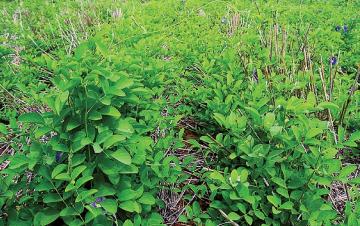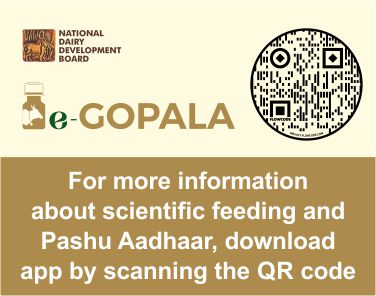
Clitoria ternatea
Local names: Butterfly pea, Aparjita
The butterfly pea (C. ternatea) is a deep-rooted, tall slender, climbing legume with five leaflets and a deep blue flower. It is well adapted to a variety of soil types (pH 5.5-8.9) including calcareous soils. It is surviving in both the extended rainfall regions and prolonged periods of drought. Propagation is through seed; the plants may be grown with support crops (or) staked with bamboo to facilitate hand picking of the pods.
It is a tall, slender climber and once established it becomes difficult to eradicate because of its deep root system and heavy self seeding habits. It does very well under irrigation. Under favorable condition, butterfly pea yields up to 30 tons dry matter per hectare per year.
Nutritive value
Butterfly pea is productive type of fodder and may be grown with other grasses in the pasture. The levels of crude protein and crude fibre in the leaves are 20-22% and 21-29%, respectively. Total plant protein ranges from 14-20%. Dry matter digestibility levels vary between 60-75%. Good quality hay can be made from Clitoria. It is well accepted by livestock.
Varietities
IGFRI-S-23-1 and IGFRI-S-12 are the famous high yielding varieties available for forage cultivation in India.
